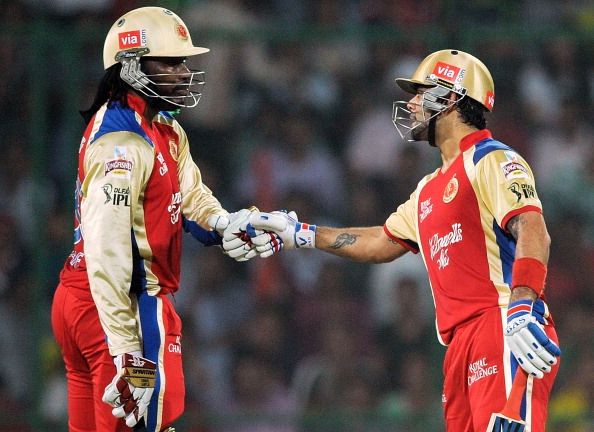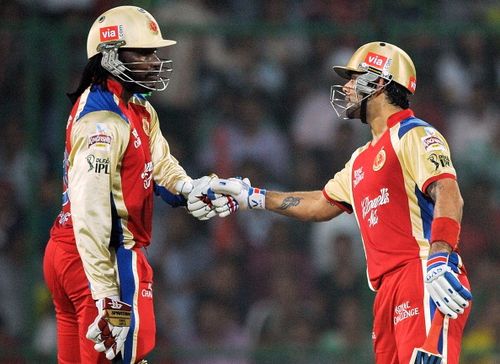
The IPL circus: Money for nothing

Another season of the billion dollar extravaganza with dancing girls, franchise based city teams, a hyper Danny Morrison, more sponsors than you can count and a bit of cricket on the side, is back. The carnival has rolled back into town, perhaps it would be more apt to call it a circus, but the fact remains that season 6 of the IPL is underway.
Yes, we have the purple cap, the orange cap and perhaps in a couple of years players will joust for the maroon, green and yellow caps. This is not merely a cricketing tournament. It is a money making machine that keeps rolling out the notes. Television viewership may have dropped, the stadiums may not be packed to full capacity, but the men who matter keep rolling in the green stuff.
Form is temporary, class is permanent. A bit of a cliché, that. The last two editions of the IPL have also proved that that age-old adage is true. Paul Valthaty, Saurabh Tiwary, Rahul Sharma and a few others, those unknown players who catapulted themselves to national stardom and million dollar bliss, where are they now? Paul who? While they may have scored lucrative contracts on the back of some impressive performances in seasons gone by, the team owners realized all too quickly that they had made a poor investment.
On the other hand, established international stars such as Gautam Gambhir, Virender Sehwag, AB De Villiers, Chris Gayle, Lasith Malinga, Kevin Pietersen and Morne Morkel have been worth every penny spent. There have also been a number of smart buys or bargain buys such as Ajinkya Rahane, Owais Shah, Brad Hogg, Steven Smith and Francois Du Plessis. While they are not global superstars like the Gayles or Sehwags, they have all risen to the occasion and significantly contributed to their teams’ success.
Then there have been the T20 mercenaries, the likes of Kieron Pollard, Dirk Nannes and the Dwaynes- Bravo and Smith. They have all been reasonably successful, without setting the tournament on fire. The T20 market is like any other market; you need an experienced eye and sound business sense if you want to make money.
In the past we have seen Gayle, Samuels, Bravo and Pollard choose their IPL franchises ahead of their national commitments, but Kevin Pietersen decided that country came before club (before text-gate and the infamous Headingly press conference). However, what must be noted here is that the ECB provides its players financial security, and Pietersen had already made an obscene amount of money. The WICB could not hope to match the sums offered by the IPL franchises and so missed out on the services of some of their best players during their home series against the Australians, who incidentally were at full strength.
This year the Sri Lankans have reshaped their entire tour of the West-Indies so as to available for the entire season. However, England not only pulled out Pietersen from the IPL but also refused to reschedule New Zealand’s upcoming visit. SLC is burdened by debt and the relations between the West Indian players and the WICB is notoriously fickle. Evidently, money talks.
In addition to that, Nottinghamshire barred their stars from playing in the IPL. While the likes of Patel, Lumb and Hales might not have been bought by the big boys, they would have been attractive to the smaller franchises.
Call them what you want but the question, and it is a very pertinent question, that must be asked is this: Can players be blamed for wanting to provide for the future, for wanting financial security? Whether you love it, hate it, don’t care about it, the IPL is here to stay. It has changed the cricketing world as we know it.